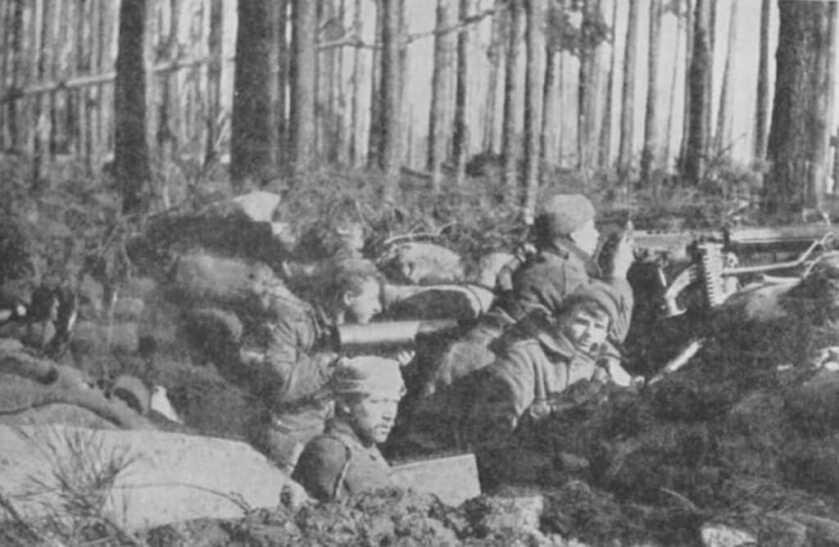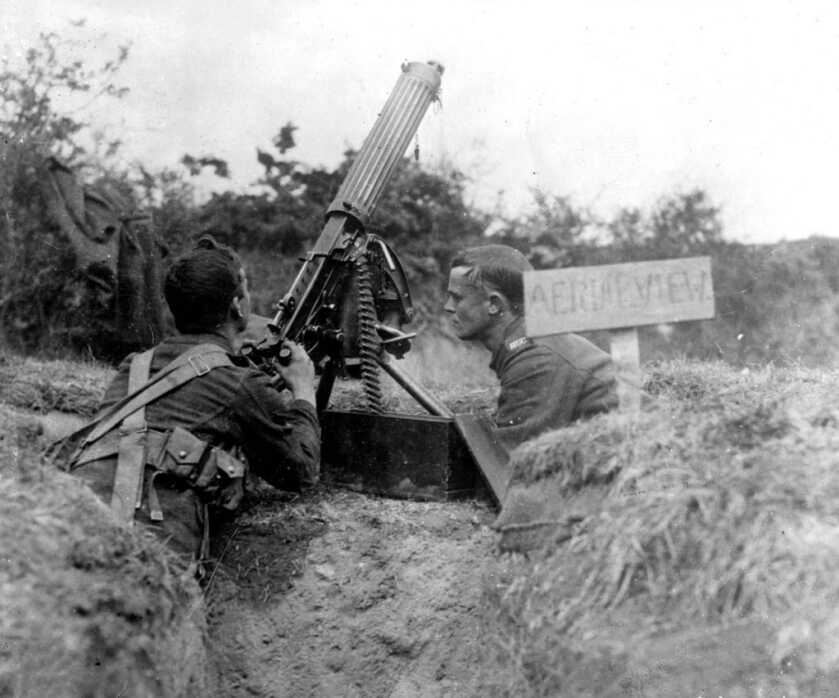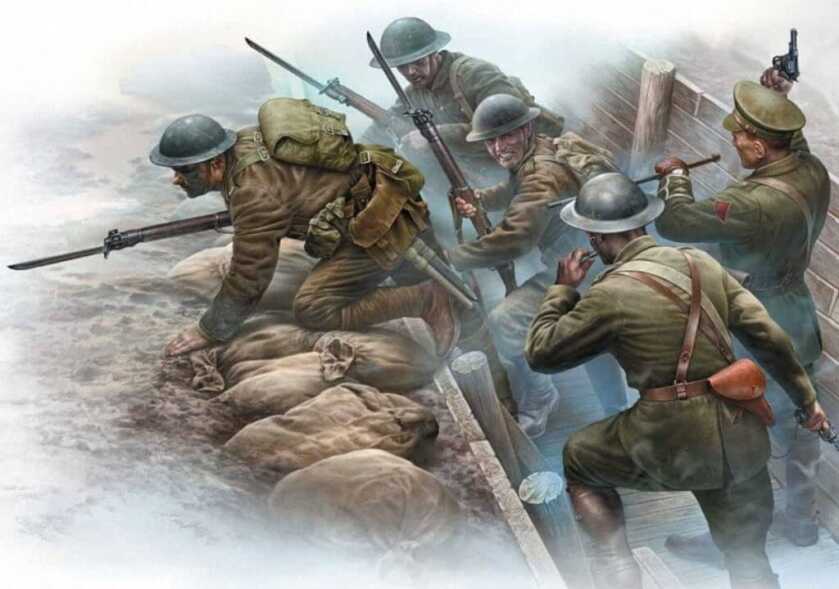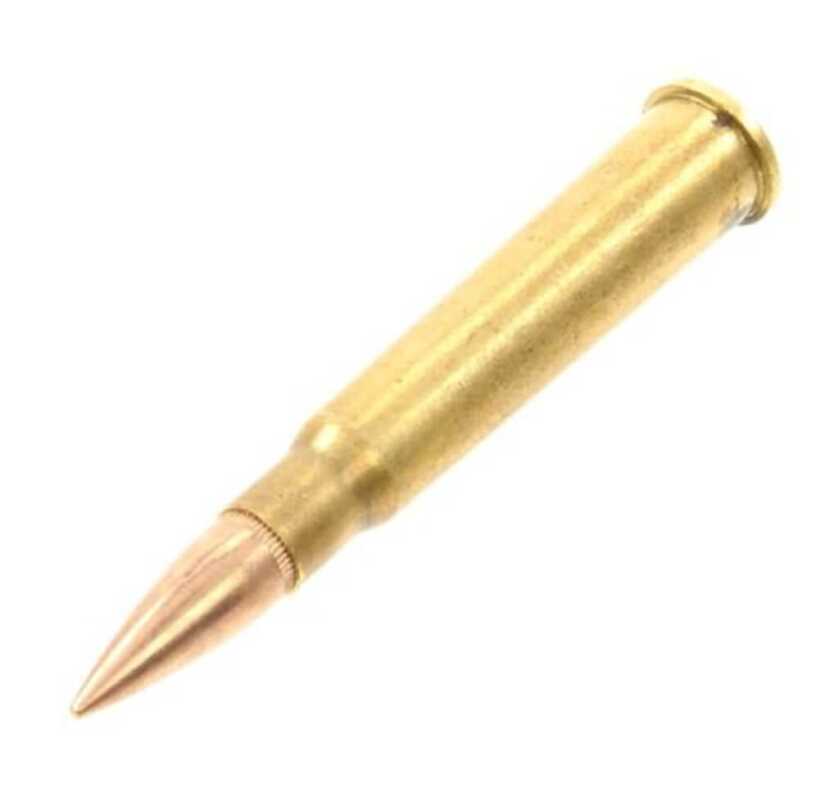
Periods of transition are inevitably awkward. Matriculating from Kindergarten into First Grade is reliably trying. Marriage, divorce, graduation, and retirement can all be challenging for their own unique reasons as well. Periods of transition in military history, however, are invariably bloody.

For all of its unique capabilities and extraordinary toys, the military mind can be extraordinarily inflexible. Billy Mitchell sacrificed his career to birth airpower, and the equine cavalry was not retired until their horses were mowed down by the hundreds on the industrial battlefield. The absorption of the machinegun into martial doctrine represented another convulsive evolution in military tactics.

It really all comes down to turf. Whoever runs the Army will invariably be reticent to embrace new technologies that might threaten their position as apex predators in the military hierarchy. In 1915, however, English military planners leapt outside their comfort zones to fold the revolutionary capabilities of the belt-fed, water-cooled, sustained-fire machinegun into the British order of battle.
An Entirely New Beastie

When the First World War kicked off in July of 1914 British military planners satisfied themselves with a single two-gun machinegun section per infantry battalion or cavalry regiment. Untold thousands of Limey corpses later the English formed the Machinegun Corps (MGC). The MGC was envisioned as being its own branch of the British military on par with the infantry, cavalry, and artillery. The first machinegun training center was established at Belton Park in Grantham, Lincolnshire, England. A forward machinegun depot operated at Camiers, France.

The MGC saw service from France to Palestine in all major theaters of the war. The newfound capabilities of the belt-fed machinegun were tested and refined throughout. Along the way British Tommies assigned to the MGC showed remarkable grit. Of the 170,500 troops that served in the MGC during WW1 more than 62,000 became casualties. Almost 12,500 were killed. Early on the MGC was known as “The Suicide Club.”
Exploring the Science

Machine gunnery in the British Army during the First World War bore little similarity to what we might consider the employment of machineguns today. The tactics and tools of the MGC seemed more akin to tube artillery than to infantry fire and maneuver. Relatively immobile sustained-fire guns were employed en mass as well as over and across terrain features in an indirect fire role. The results were utterly devastating.

The maximum effective range of the British Vickers gun was considered to be 4,500 yards. At these extreme ranges, the guns employed plunging fire wherein rounds were discharged at a high arc to drop onto a target from a sharp angle. Such devastating fires could be pre-registered and unleashed remotely day or night in any weather. The downrange saturation effects of such a sustained treatment would be difficult for the modern mind to comprehend.
The Mission

These new and untried tactics received their ultimate test on the 24th of August, 1916, at a place called High Wood during the Battle of the Somme. A single company of the MGC fielded ten tripod-mounted Vickers guns based in the Savoy Trench. British infantry organized for an attack. Realizing that a German counterattack would have to be canalized through a certain area, commanders unlimbered all ten of the 100th Company Vickers guns upon a target some 2,000 yards distant.

The specific mission during this engagement was to disrupt the inevitable German counterattack that would ensue once the Tommies went over the top. At a coordinated moment these ten Vickers guns opened up and then kept right on firing for a full twelve hours. So long as the British maintained this prodigious volume of fire the Germans were helpless to reinforce their beleaguered troops. The end result was an unprecedented feat of arms.
Simply Breathtaking Numbers

This single sustained machinegun barrage focused on the known approaches to the battle area. These ten machineguns burned through fully one hundred new barrels. Every drop of water available to the company was consumed in the cooling jackets of these ten guns.

The MGC troops emptied their canteens and then used up all of their available drinking water. The latrine buckets were transferred into the smoking barrel jackets, and everybody who was able urinated into these reservoirs. All of this liquid both vile and otherwise was burned off as steam to keep the barrels in these ten guns from catastrophically overheating.

This steady and unrelenting volume of fire went on for a full half day. During the course of this single engagement, the 100th Company consumed 999,750 rounds of belted .303 British ammunition. A single gun commanded by a SGT Dean fired 120,000 rounds. According to the after action report, these ten guns did not have a single noteworthy stoppage. Captured German prisoners described being on the receiving end as “annihilating.” This deep into the Information Age modern belt-fed guns could not nearly rival such a feat. The key was the extraordinary Vickers gun.
The Weapon

The Vickers machinegun was first introduced in 1912 and soldiered on through 1968. Massively heavy at 51 pounds with its substantial tripod and traverse and elevation gear, the Vickers owed its parentage to one Hiram Stevens Maxim.

Maxim was born in America but lived in Britain as an Englishman. His remarkable gas-boosted recoil action drove the belt-fed guns of both the Germans and the Russians during WW1. The British Vickers Company bought the Maxim Company outright in 1896 and subsequently gained access to the associated intellectual property.

Using the Maxim design as a starting point Vickers engineers inverted the mechanism and lightened the overall system through the use of advanced alloys and a simplified action. Serving alongside the more portable Lewis machinegun, the Vickers was the scourge of no-man’s land for the Boche. Firing at a cyclic rate of 450 to 500 rounds per minute, the Vickers gun fed from 250-round canvas belts. The gun was typically serviced and supported by a six to eight-man machinegun team.

One soldier served as the gunner, while another kept the ammunition flowing smoothly. The rest of the team was tasked with humping the gun, ammunition, support gear, and spare parts. British machinegun troops were legendarily well trained and effective.

Vickers guns saw widespread use on early combat aircraft as well as rudimentary British tanks.

Fitted in massive quad mounts Vickers guns filled an antiaircraft role on Royal Navy combat vessels.

Vickers guns saw widespread use with the early SAS and the Long Range Desert Group in North Africa during WW2. The last operational use of the Vickers by the British was in the Radfan Hills in Yemen during the Aden Emergency.
The Rest of the Story

The employment of the 100th Company of the MGC during the attack on High Wood was an intense but small part of the overall Battle of the Somme. During the High Wood fight, there were more than 13,000 British casualties as well as another 9,500 among the defending Germans. The overall casualties for the Battle of the Somme numbered more than 1.7 million killed and wounded on both sides over the course of this horrible four-and-one-half-month battle.

Much changed about warfare during the course of World War 1. Combatant nations began the war with horse cavalry and balloons and ended the conflict with tanks and combat aircraft. Around 18 million people perished.

During the course of the war, the British formed the Machinegun Corps and later folded the tank arm into the MGC. Tanks ultimately got their own branch titled the Tank Corps, while the MGC was formally disbanded in 1922, four years after the armistice. Along the way, the belt-fed Vickers gun exacted a simply breathtaking butcher’s bill across the Western Front.

Sustained fire machineguns were used in WW1 as strategic assets against such vital targets as enemy crossroads, assembly areas, and trench systems. Such coordinated fires were carefully planned and meticulously executed. Nowadays, by contrast, every infantry soldier carries a handheld automatic weapon, and air-cooled, belt-fed guns sprout from the top of almost every combat vehicle.

Advances in metallurgy, engineering, and materials science have produced belt-fed machineguns sufficiently light and rugged to travel along with the infantry squad on the move. Such tools afford ground commanders the luxury of on-demand fire support that is critical for both offensive and defensive combat operations on the modern non-linear battlefield.

Heavy machineguns capable of providing sustained fire from fixed positions themselves evolved from the multi-barrel Gatling guns of the 19th century.

While it took some time and a lot of blood for tactics to catch up to these remarkable new tools, the automatic machinegun was ultimately the most influential weapon on the WW1 battlefield. Whether it was mounted in the nose of an SE5A fighter, in a barbette on an Mk IV Female tank, or on the deck of a British destroyer, the Vickers gun served as the strong long arm of the British Empire.




History teaches many lessons, not least of which is how easy and comfortable our lives are now, at least in Western countries. Poor people are fat, and the idle young complain about how hard their lives are. Because no one studies history. 18 million killed in WWI, then another many millions in the influenza epidemic after the war. Poor people then died of starvation and diseases that are now easily treated.
They’re not getting it in schools, so if anyone gets the chance, teach younins something about what a “hard” life is.
Of course, we may be in Chinese Re-education camps soon. Then they’ll find out first hand.
If I could only have one belted it’d be a pm1910 snow cap on a sokolov
Mount. Maxims rule.
Very good article! Thanks for sharing it with us.
My father was a Pfc in the horse cavalry, Troop G of the 12th US Cavalry, at Fort Bliss, Texas, when the Japanese bombed Pearl Harbor. Anticipating war in Europe, plans were already being made for their switch to mechanized Cavalry Reconnaissance Squadrons. It was in this capacity that they fought through France and Germany in 1944-45.
Suicidal! In a war that seems as we look back built on apparent suicide tactics,to me riding in a machinegun equipped motorcycle sidecar,bouncing and jostling across rough terrain with just that small armor plate for protection has to rate right up there with inflight artillery round repairman.